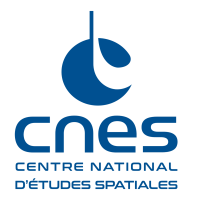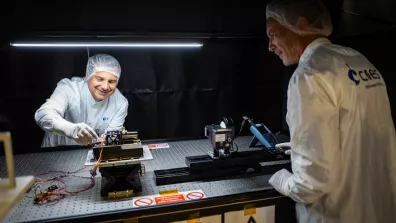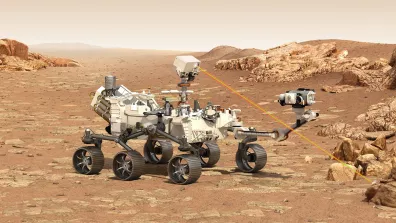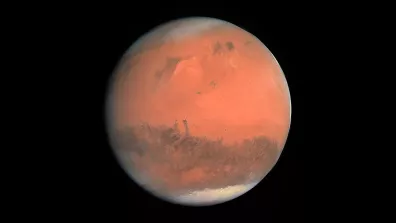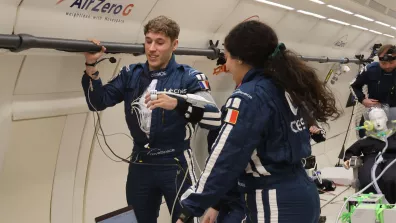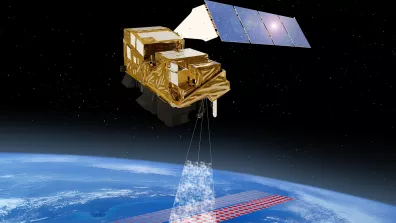If you’ve been following the Mars exploration odyssey, you’ll be familiar with the names ChemCam and SuperCam. These two French-U.S. laser instruments—the former aboard Curiosity (on Mars since 2012), the latter on Perseverance (since 2021)—are still making good progress and analysing new rocks in Gale Crater and Jezero Crater.
CNES and IRAP, with strong support from the Midi-Pyrenees Observatory (OMP), Los Alamos National Laboratory (LANL) and German space agency DLR, are today developing their successor, a much smaller instrument packing just as much performance. Its name is MicroLIBS, and like its predecessors, it will be able to analyse a rich geological variety of rocks using a technique called LIBS (see box).
LIBS to reveal rock composition
Laser induced breakdown spectroscopy (LIBS) is a technique for analysing the chemical composition of rocks remotely. It enables scientists to quantify the abundance of key elements of rocky planets (silicon, iron, magnesium, aluminium, calcium, potassium, sodium and titanium), as well as volatiles and other lighter and/or minor elements like lithium, boron, hydrogen and carbon, difficult to measure in any other way.
Mapping rocks at the microscale
The new instrument’s science goals are however somewhat different. With nearly one thousand measurement points on a scale of about 100 microns—the width of a human hair—inside a patch of one square centimetre on each target rock, MicroLIBS will have the ability to finely characterize surface components. Such data will prove vital to understand the origin and evolution of many igneous and sedimentary rocks. So it’s safe to say that MicroLIBS is eagerly awaited by the scientific community.
One of the ultimate measurements for understanding rock origin is by mapping surface elements at the microscale. By combining a rock’s chemical composition and fine components (crystal assemblies, micro-fracture infills, sediment grains, concretions and cemented areas), this type of mapping enables scientists to reconstruct the environments where they formed. MicroLIBS will be able to acquire this kind of measurement while being compact enough to fly on much lighter and more mobile future exploration missions.
- MicroLIBS lead scientist at IRAP
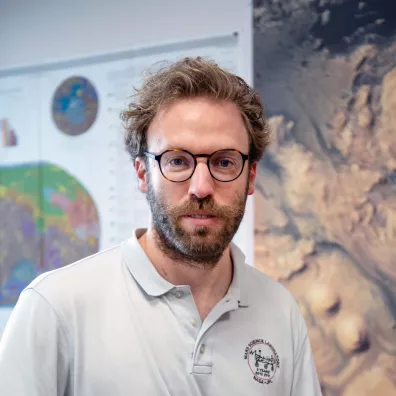
In integration at CNES
MicroLIBS has been in design and development by CNES since 2022, working with IRAP and OMP in France, and with Los Alamos National Laboratory (LANL) in the United States, all longstanding partners on ChemCam and SuperCam. The two-year design phase consolidated the instrument’s engineering architecture for new lightweight drone-type platforms, while also focusing on necessary adaptations for a future lunar or Martian rover. MicroLIBS is therefore light enough to be flown on a Mars drone or hexacopter (a drone with six propellers), opening up revolutionary prospects for Mars geology through the ability to scout terrains that rovers can’t reach.
MicroLIBS poses the dual technical challenge of developing an autonomous pointing system, because it won’t be able to rely on a pointing system on the rover mast, and designing a pulsed power laser weighing less than 150 grams, all packed into a space the size of a small shoebox, including the associated electronic circuitry, a camera, two spectrometers and a small telescope. The complete instrument will have to weigh less than 1.5 kilograms to be able to fly on a Mars hexacopter.
- MicroLIBS project leader, CNES

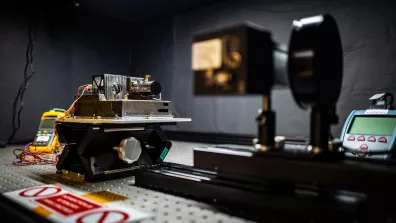
Integration of the MicroLIBS prototype is now underway at CNES, with the assembly and testing of its various subsystems. The first laser firing was conducted in late September 2025, with the goal of having a fully functional instrument ready by the end of the year.
Perseverance discovers potential signs of life
On Mars, the Perseverance rover recently uncovered sedimentary rocks in Jezero Crater containing compelling combinations of mineral and organic matter, with clays and silts rich in organic carbon, sulphur, oxidized iron (rust) and phosphorous. This combination of chemical compounds could have been a rich source of energy for microbial metabolisms in Mars’ ancient past—in other words, these observations open up new perspectives on the red planet’s past habitability. But while these signatures sometimes resemble biosignatures, i.e., signs of life, they could also be explained by purely geological processes. To be sure, the cached samples will be brought back to Earth for analysis in much more sophisticated laboratories than those aboard the rover.
